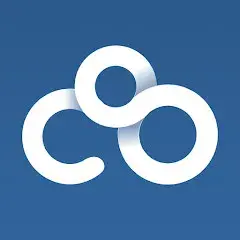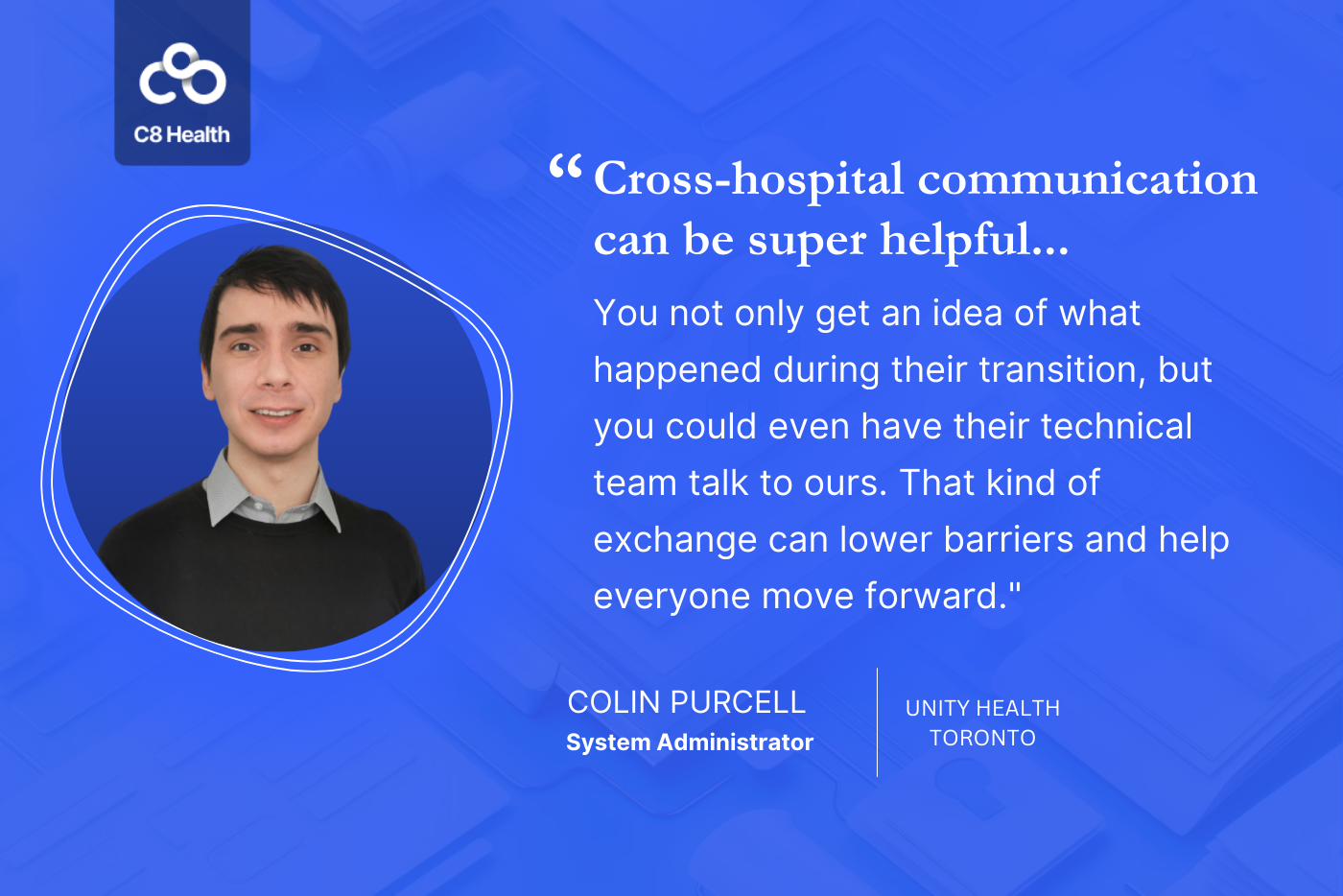Innovative Methods for Training Healthcare Staff Using Cloud-Based Platforms
Short, on-demand bursts of training can significantly impact patient care quality by providing vital information during treatment. Cloud-based training platforms offer a range of benefits that traditional methods cannot match.


Mical DeBrow (Ph.D., RN) is a highly accomplished healthcare professional with a wealth of hands-on experience spanning various sectors of the industry. With a deep understanding of operations, policy implementation, and education in clinical settings, Mical brings a unique perspective to...
See Full BioLearn about our
Editorial PolicyPublished June 13, 2024.
Cloud-based education has become increasingly important in healthcare training due to its ability to tailor content to specific audiences. Remote learners often struggle to understand the information being taught, making short learning periods more effective than lengthy sessions.
Speaking from my experience as an executive in the education sector, I have noticed a gap between what is taught in the academic environment and what happens in real-world situations. Traditional teaching aids such as manikins and reciting facts are not sufficient to bridge this gap. Adaptive learning models and cloud-based administrative solutions could be the new future of healthcare training.
Meet the Expert
Mical DeBrow is an accomplished healthcare leader and clinician with extensive expertise spanning pharma, healthcare payers and providers, and healthcare information technology.
» Looking to consolidate all your healthcare knowledge in one system? Check out C8 Health's features.
6 Innovative Methods for Training Medical Staff Using Cloud-Based Platforms
Cloud-based platforms offer innovative ways to drive healthcare efficiency by training and educating healthcare professionals in modern methods. These methods provide flexibility, efficiency, and adaptability to the changing demands of the healthcare industry.
1. Mobile Learning
Mobile learning facilitated by cloud-based platforms allows healthcare professionals to access training materials on their smartphones or tablets, especially during onboarding. This method makes learning flexible, convenient, and on-demand learning, enabling medical staff to refer back to training content when needed.
2. AI-Driven Personalized Learning
Integrating AI and technology innovation in healthcare has great potential to transform medical training conveniently. AI algorithms can analyze learner performance and recommend personalized training content based on their strengths and areas for improvement. Cloud-based platforms can store and process extensive data necessary for AI operations, making this personalization possible.
Of course, hospitals can leverage AI in other ways, too. Our latest webinar provides an in-depth analysis of the topic:
3. Microlearning
Microlearning is a method that involves breaking down complex information into smaller, manageable chunks, making it easier for learners to absorb. This method is particularly effective in the digital age, where people often struggle with short attention spans. Microlearning can be delivered in various formats like videos, quizzes, infographics, games, etc., making learning fun and engaging.
4. Collaborative Learning
Collaborative learning promotes a community feeling and knowledge sharing among medical staff. Cloud-based platforms enable learners to connect and collaborate with colleagues and learn through shared and institutionally vetted knowledge that can be tailored to their area of expertise so everyone gets the same experience regardless of location.
» Learn how C8 can boost collaboration between teams
5. Adaptive Learning
Adaptive Learning is a personalized approach that adjusts the learning path based on the individual learner's performance. Advanced algorithms analyze the learner's previous knowledge, skills, and learning pace to deliver customized content. This method helps to enhance comprehension and retention by focusing on areas where the learner needs improvement.
Anesthesiologist Max Feinstein M.D. explains the benefits of innovative training systems:
6. Virtual Reality (VR) Training
Virtual reality offers an immersive learning environment for healthcare professionals. Through VR, healthcare can simulate procedures, surgeries, and patient interactions in a risk-free setting. Cloud-based platforms make these VR experiences easily accessible, allowing learners to practice conveniently.
Challenges and Solutions in Healthcare Staff Training
Staff Shortages and Time Constraints
These are key issues affecting healthcare training. The decline in professionals and inadequate training for emerging workers can't keep up with the growing demand for healthcare services.
Finding suitable training times for everyone's schedules and ensuring concise, valuable content is vital. Consider training multiple groups of various sizes if there are too many time imbalances for a single group. Additionally, having a system designed specifically for people on the go facilitates as much training as possible on a mobile device between active care periods.
Burnout and Retention
The COVID-19 pandemic has amplified staff burnout due to resource scarcity. Efforts to attract, educate, and retain healthcare staff in the U.S. have been insufficient.
It's important to provide a brief, immediately applicable, and current training. Unused skills should not be a training focus. Cloud platforms can help you tailor training to specific needs ensuring people are only spending time on relevant knowledge
Generational Divide
A generational divide exists among healthcare staff; younger members embrace technology, while experienced ones may resist it. Many traditional teaching methods do not cater to the needs of busy healthcare professionals. The time required to develop educational staff and methodologies, especially for limited-time frontline workers, is impractical.
This calls for a balanced approach that offers generation-specific education programs. Innovative teaching methods, like the cloud-based model discussed in this article, can quickly and effectively deliver necessary training.
Education leaders must become technologically adept, even if some resist due to their comfort with traditional teaching methods. Introducing technology gradually can help alleviate resistance and show the benefits of these new methods for boosting patient care.
The Future of Training Staff Using Cloud-Based Platforms
The conventional classroom model and didactic lectures have proven outdated and ineffective methods for achieving desired outcomes.
Healthcare systems need to accelerate their pace of adaptation. Even the most advanced medical centers are embracing AI-assisted robotic surgery. Yet, traditional educational approaches remain largely ineffective and wasteful in terms of cost.
A concentrated approach towards education could potentially lead to rapid and improved results. Therefore, the workforce must invest in making this paradigm shift to leverage the immense opportunities to be a workforce conveniently.







